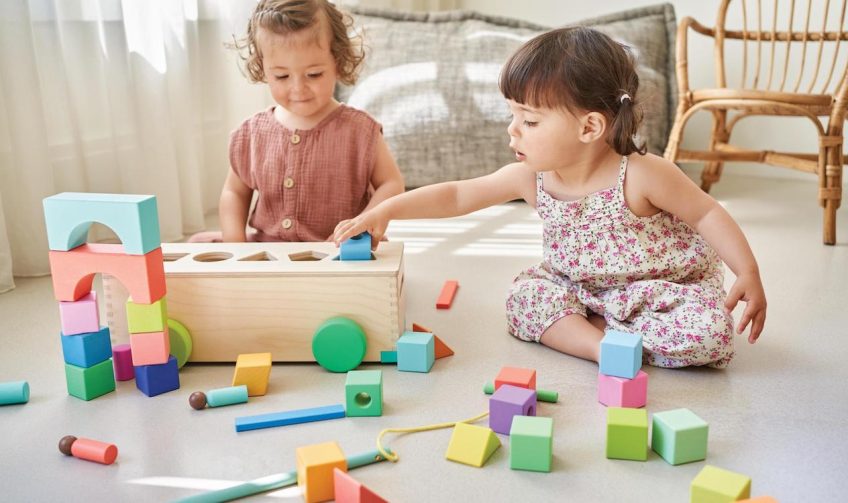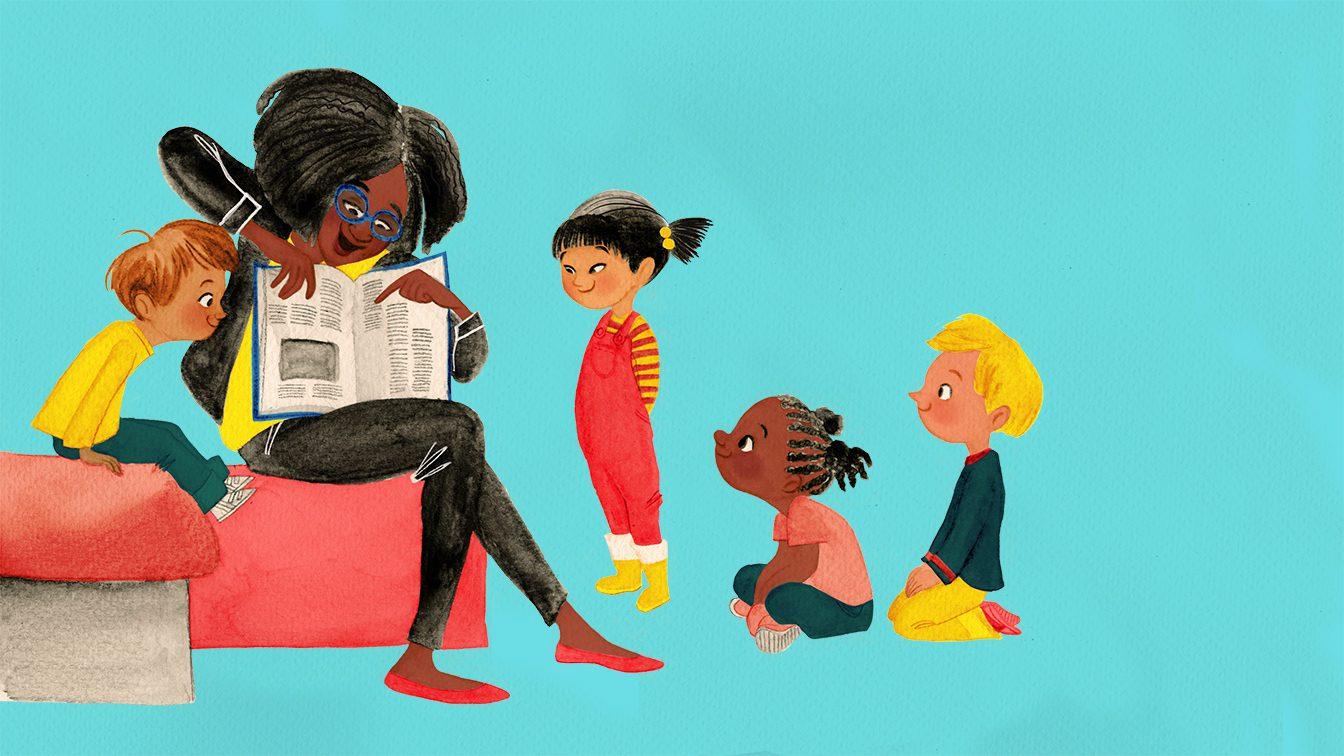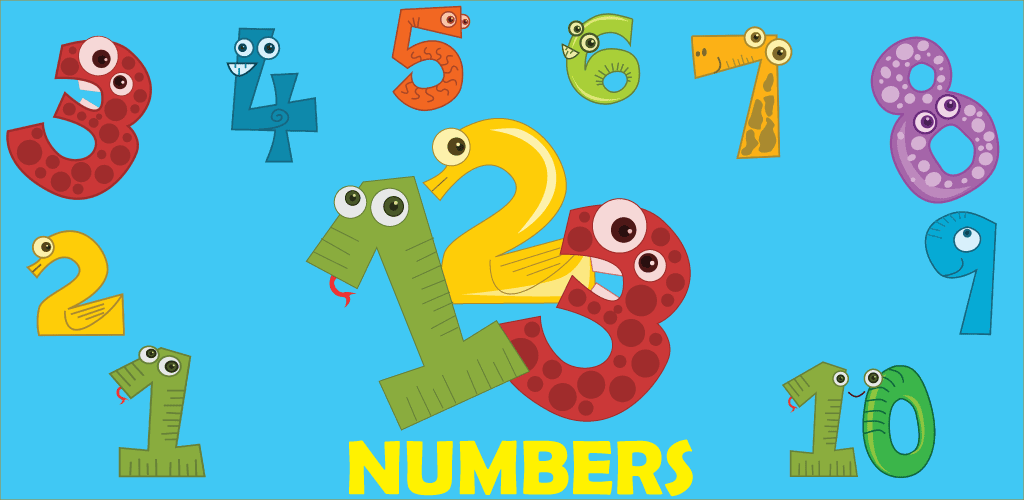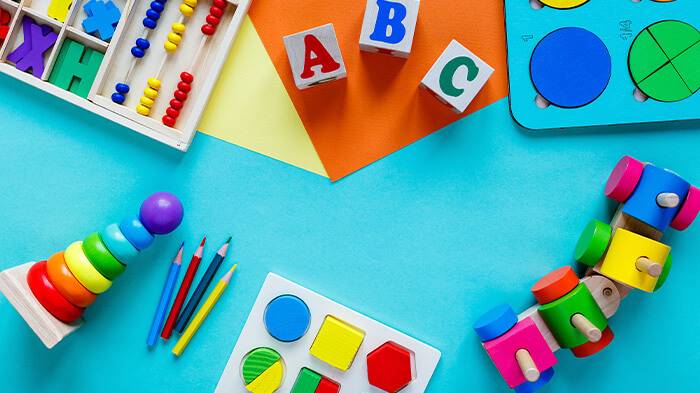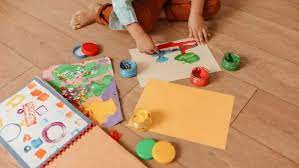Teaching kids to read is one of parents’ most rewarding yet challenging tasks. You can set a strong foundation for your child’s reading journey with the right strategies. In this post, we’ll explore the best practices for reading readiness and provide you with some great resources to make the process enjoyable for you and your child. Let’s dive in!
Table of contents
Understanding Reading Readiness
Reading readiness refers to the stage when a child is ready to start learning how to read. This involves a combination of physical, cognitive, and emotional development. Here are some signs that indicate your child might be ready to start reading:
- Interest in Books: Your child enjoys looking at books and listening to stories.
- Vocabulary: They can recognize and name objects, people, and actions.
- Phonemic Awareness: They understand that words are made up of sounds and can identify rhymes.
- Print Awareness: They know how to handle a book, understand that text has meaning, and recognize some letters and words.
Creating a Reading-Friendly Environment
If you want to foster a love for reading, creating a reading-friendly environment at home is essential. Here are some tips:
- Have a Variety of Books: Ensure you have a diverse selection of books appropriate for your child’s age.
- Reading Nook: Set up a cosy and inviting reading space with comfortable seating and good lighting.
- Read Aloud: Make reading a daily habit. Read aloud to your child and encourage them to participate by turning pages and asking questions.
Be a Role Model: Let your child see you reading. Your reading habits can inspire them to develop their own love for books.
Best Practices for Teaching Kids to Read
- Start with Phonics. Phonics is the foundation of reading. It involves teaching children the relationship between sounds and letters. Start with superficial letter-sound relationships and gradually introduce more complex combinations.
- Use Picture Books. Picture books are excellent tools for early readers. They help children understand the story through illustrations and develop their vocabulary. Choose books with engaging stories and vibrant illustrations.
- Interactive Reading. Make reading interactive by asking questions about the story, encouraging predictions, and discussing the characters. This helps with comprehension and critical thinking skills.
- Incorporate Fun Activities. Learning to read should be fun! Use games, songs, and activities that involve reading. For example, play word-matching games or create a scavenger hunt with simple written clues.
Be Patient and Encouraging
Every child learns at their own pace. It’s essential to be patient and provide plenty of encouragement. Celebrate their progress, no matter how small, to build their confidence. Remember, you’re doing a great job in supporting your child’s learning journey.
Recommended Books for Teaching Kids to Read
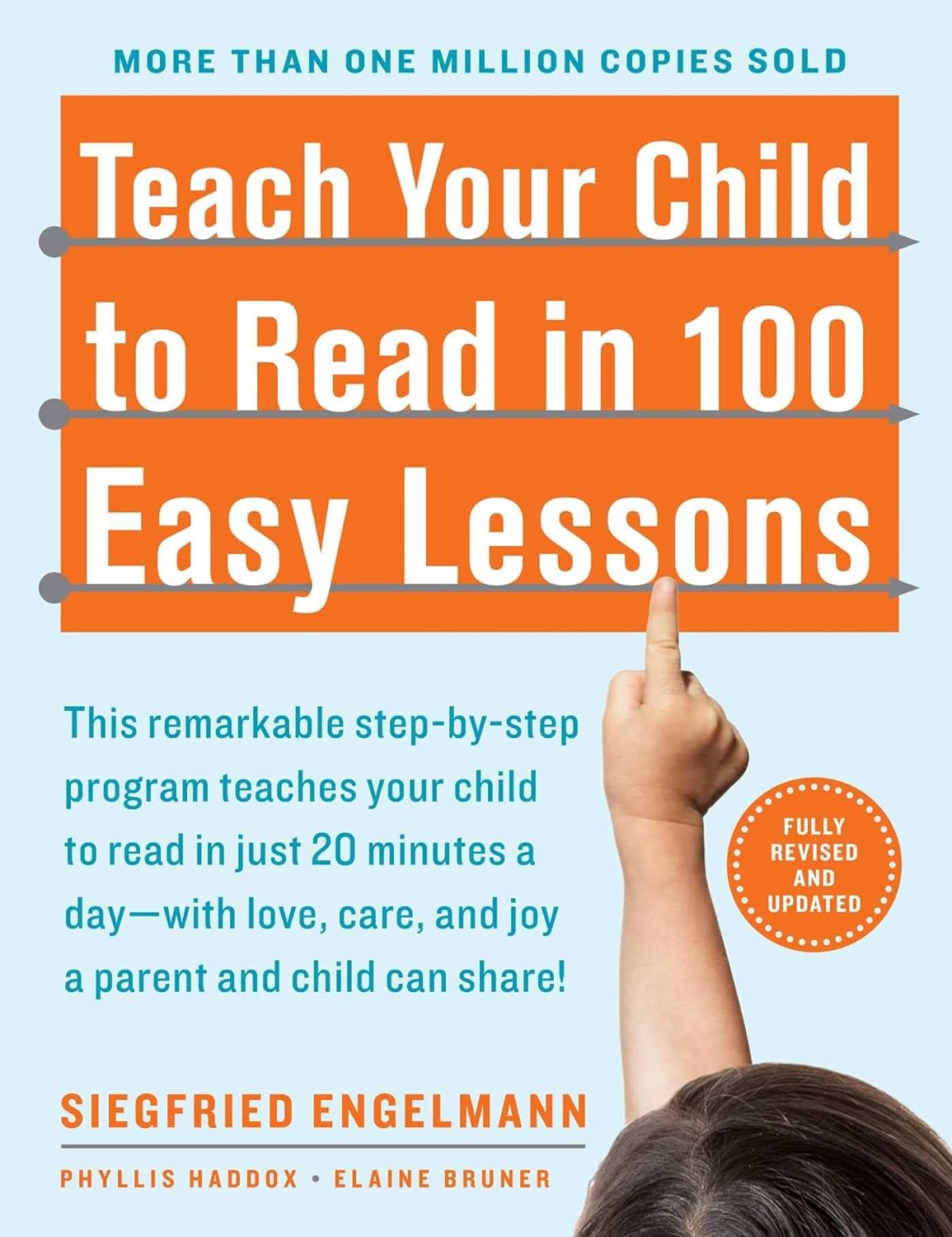
“Teach Your Child to Read in 100 Easy Lessons” by Siegfried Engelmann
This book is a step-by-step phonics-based reading program that promises to teach children to read in just 20 minutes a day. It’s structured to help parents guide their children through the learning process with ease.
“The Reading Lesson: Teach Your Child to Read in 20 Easy Lessons” by Michael Levin and Charan Langton
A user-friendly book that breaks down reading instruction into 20 manageable lessons. It uses a combination of phonics and sight words to build a strong reading foundation.
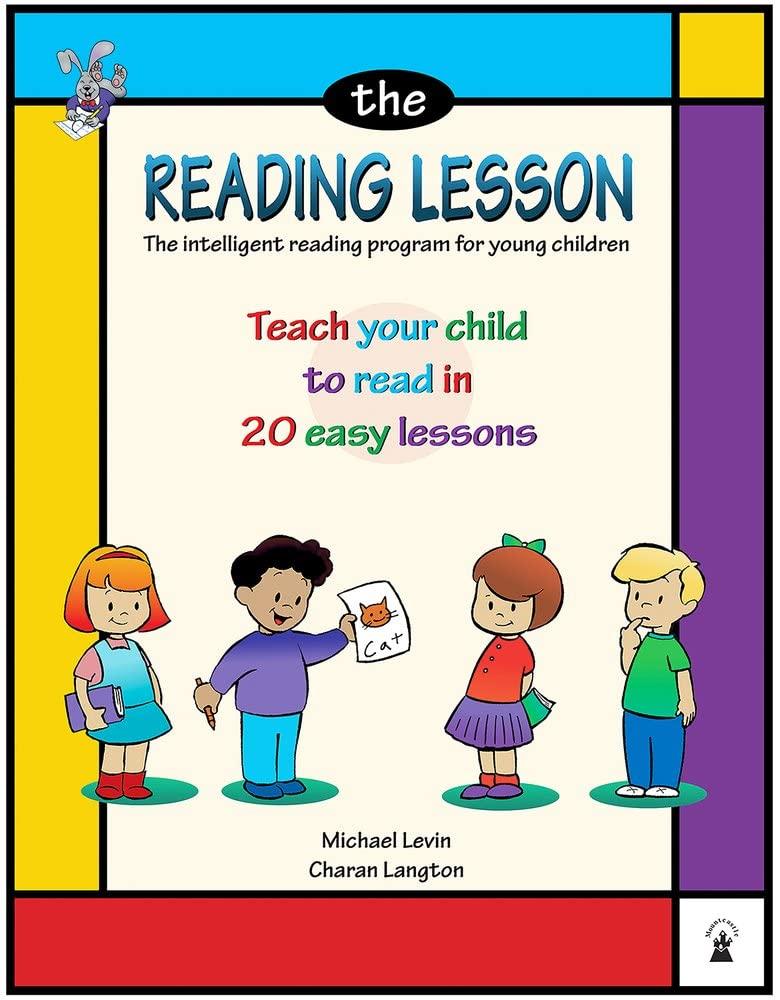
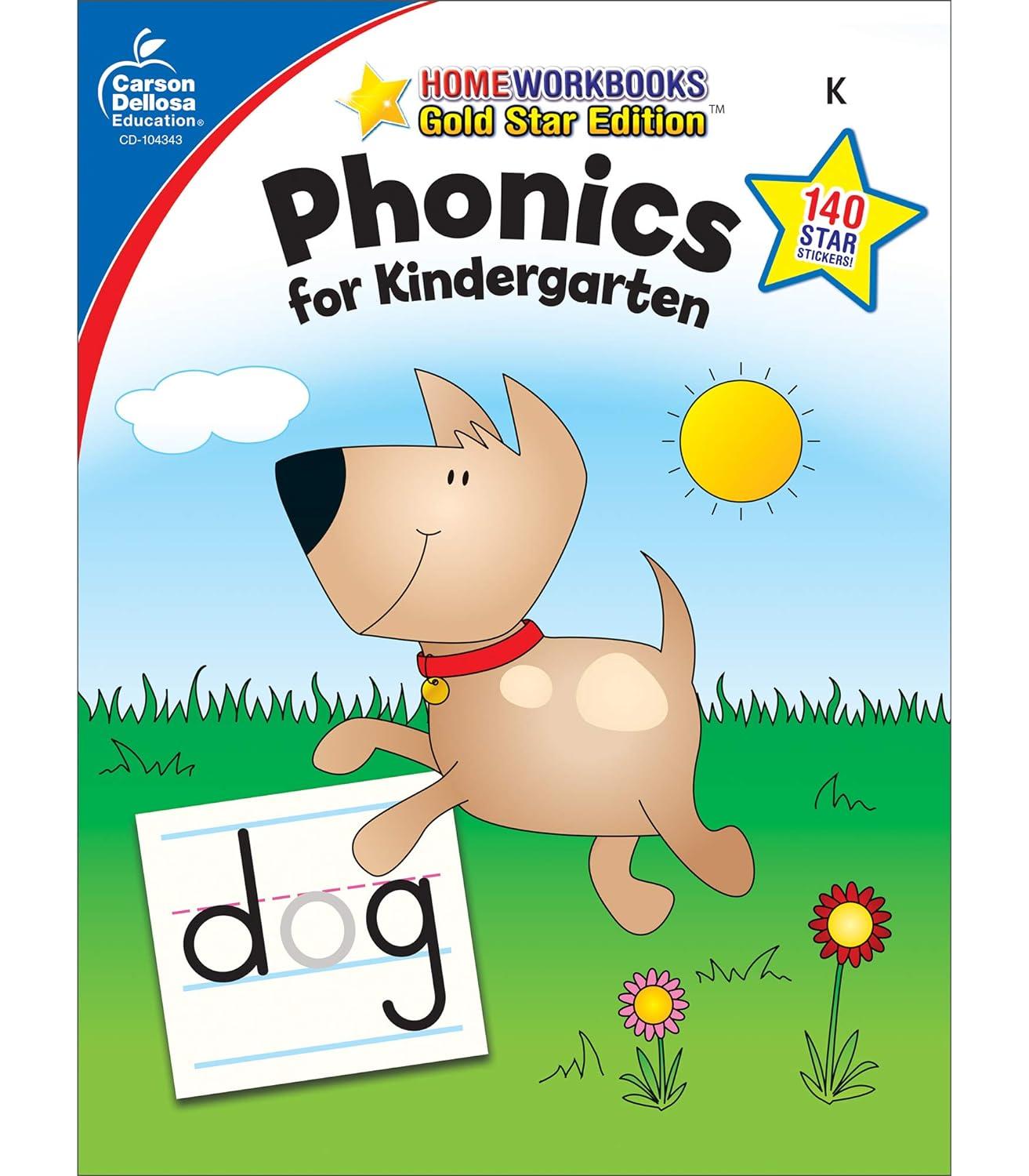
“Phonics for Kindergarten, Grade K: Gold Star Edition” by Carson-Dellosa Publishing
This workbook is designed to reinforce early reading skills through engaging exercises and activities. It includes phonics practice, sight words, and comprehension exercises tailored for young learners.
“Bob Books Set 1: Beginning Readers” by Bobby Lynn Maslen and John R. Maslen
Bob Books are a popular series of easy-to-read books designed to build confidence in early readers. The stories are simple and repetitive, making them ideal for children just starting to learn to read.
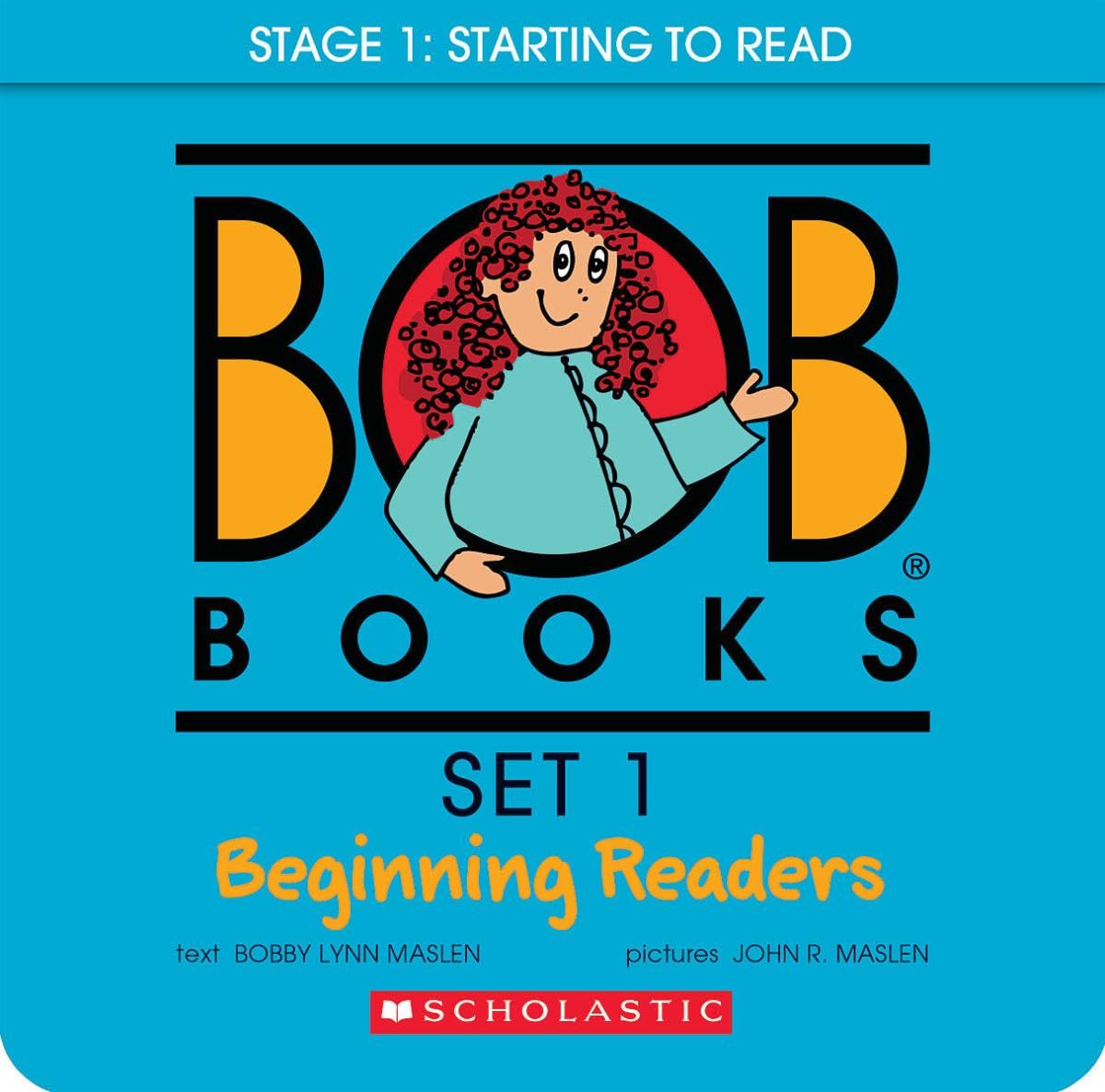
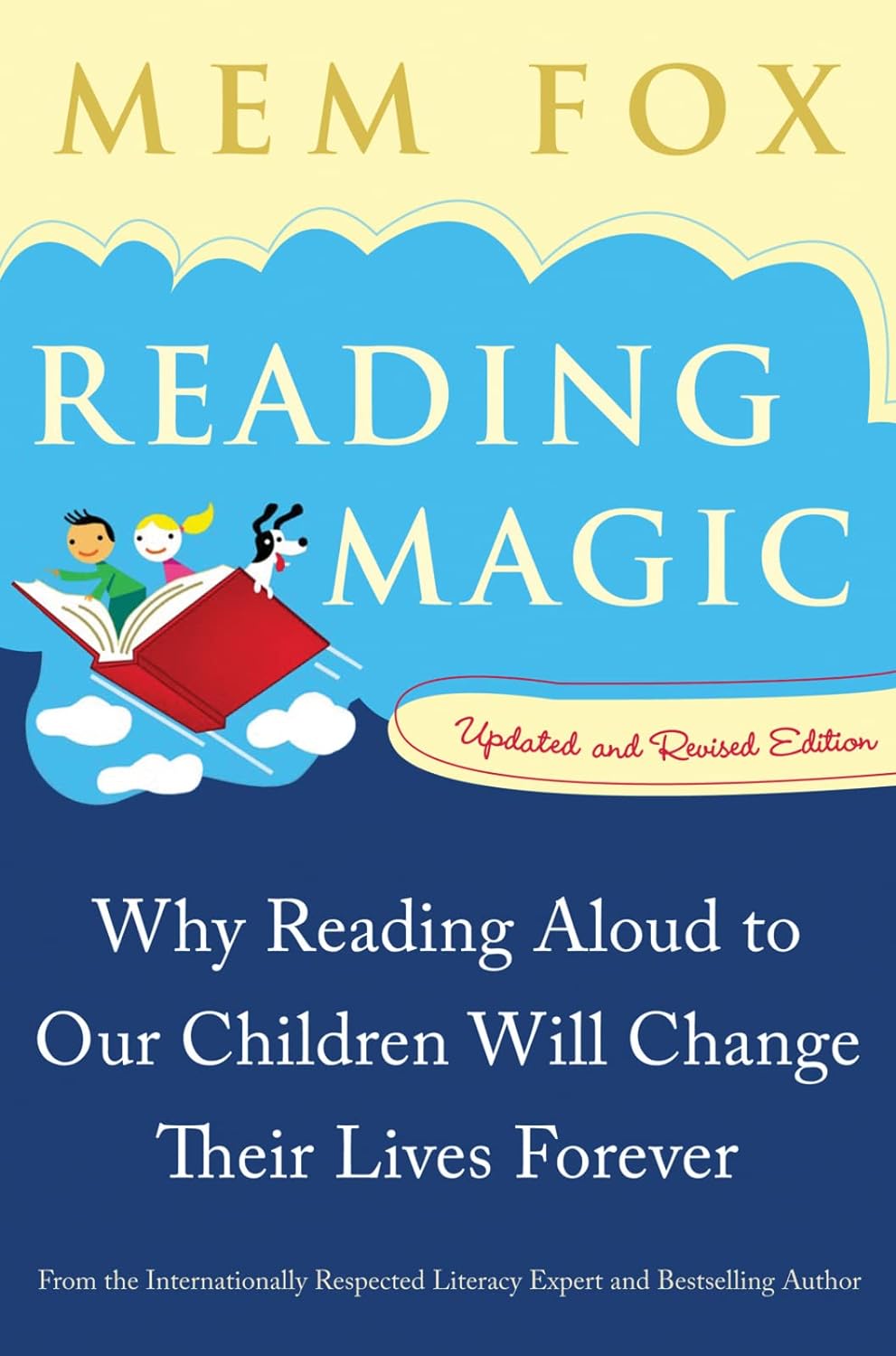
“Reading Magic: Why Reading Aloud to Our Children Will Change Their Lives Forever” by Mem Fox
This book emphasizes the importance of reading aloud to children and provides practical tips for making reading sessions more engaging and effective. It highlights the long-term benefits of fostering a love for reading from an early age.
“The Ordinary Parent’s Guide to Teaching Reading” by Jessie Wise and Sara Buffington
A comprehensive guide that offers a straightforward, phonics-based approach to teaching reading. It includes scripted lessons, phonics rules, and reading practice materials.
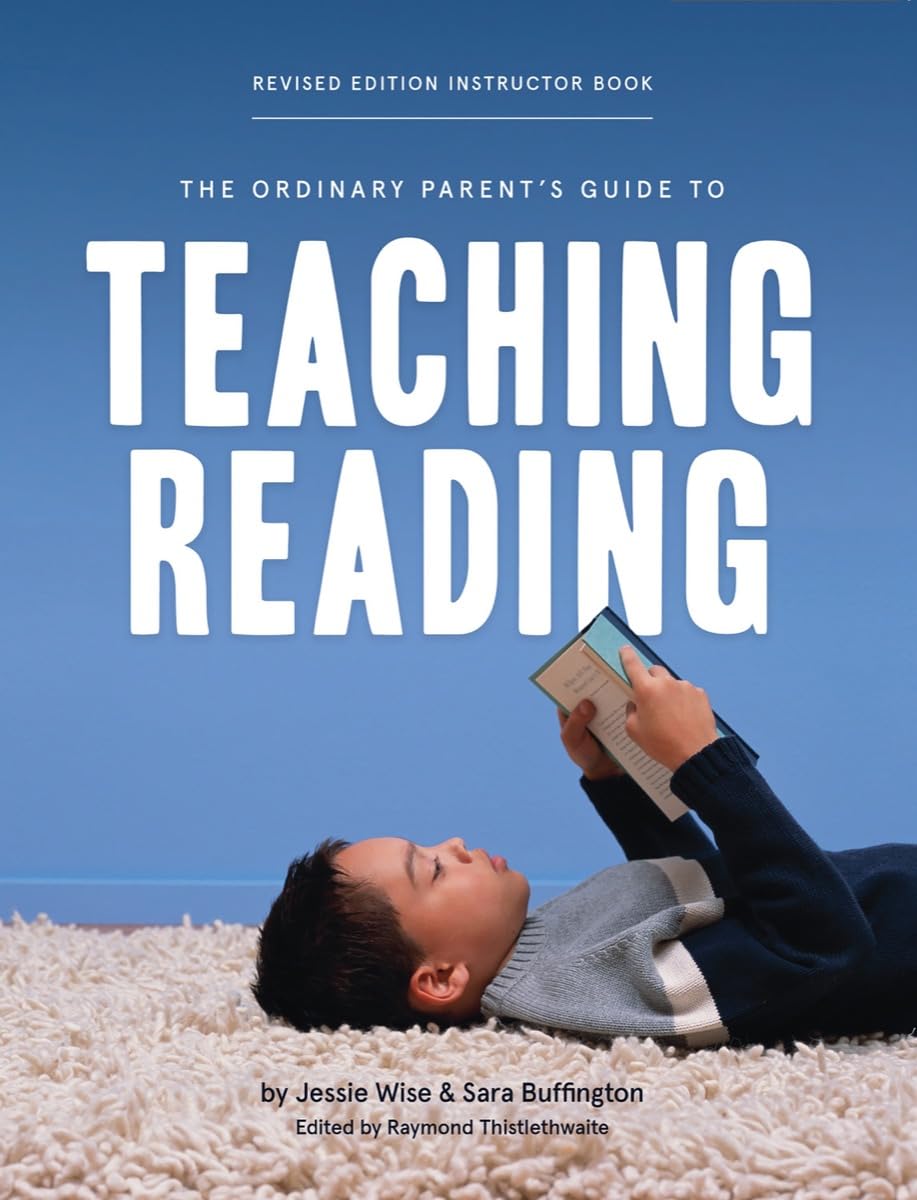
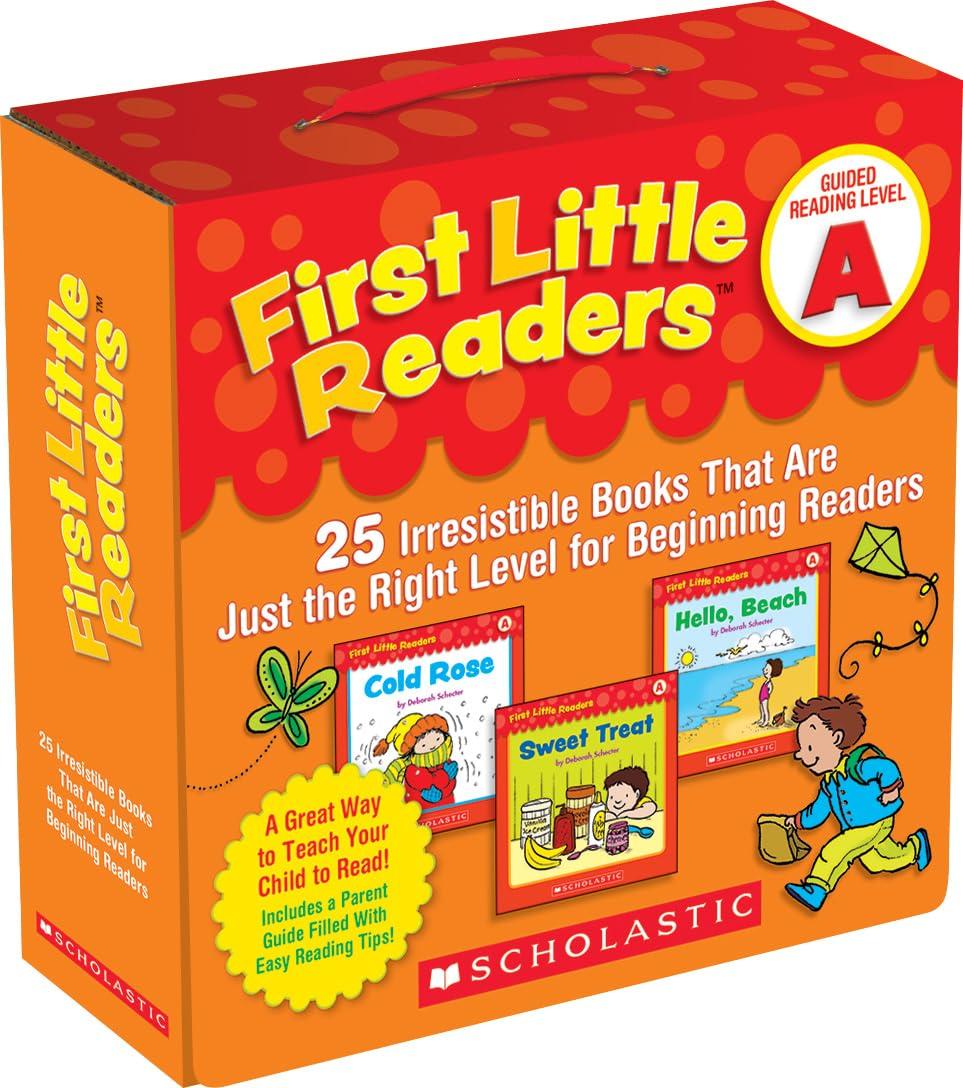
“First Little Readers Parent Pack: Guided Reading Level A” by Deborah Schecter
A collection of simple, engaging books that are perfect for beginning readers. The stories are designed to build reading confidence and provide practice with basic reading skills.
“LeapFrog LeapReader System Learn-to-Read 10 Book Bundle” by LeapFrog
This interactive learning system includes books that work with the LeapReader pen to provide a multi-sensory reading experience. It helps children learn to read through listening, touching, and reading along with the stories.
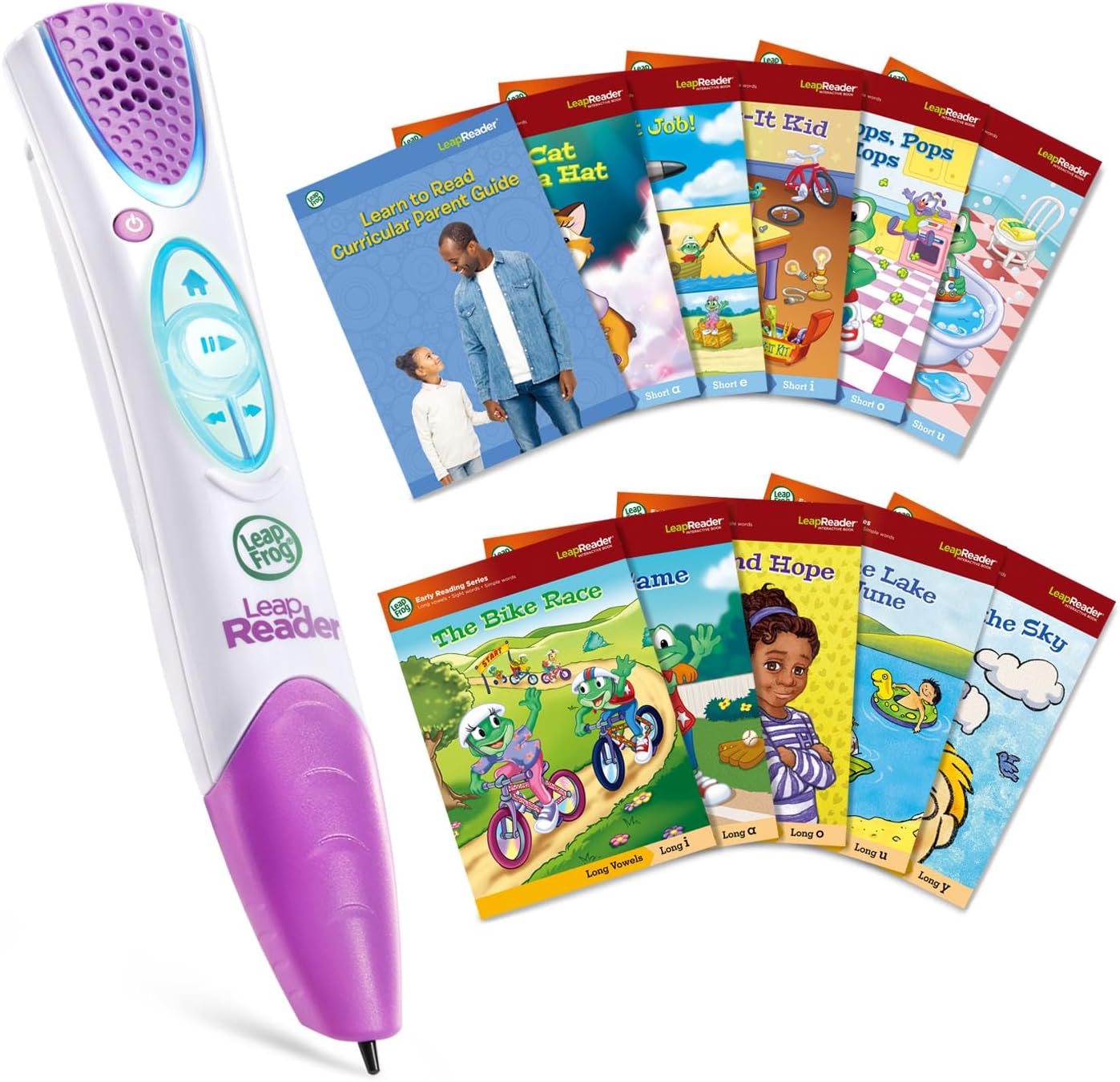
Teaching your child to read is a remarkable journey that requires patience, creativity, and consistency. Following these best practices and utilising the recommended resources can help your child develop strong reading skills and a lifelong love for books. Happy reading!
